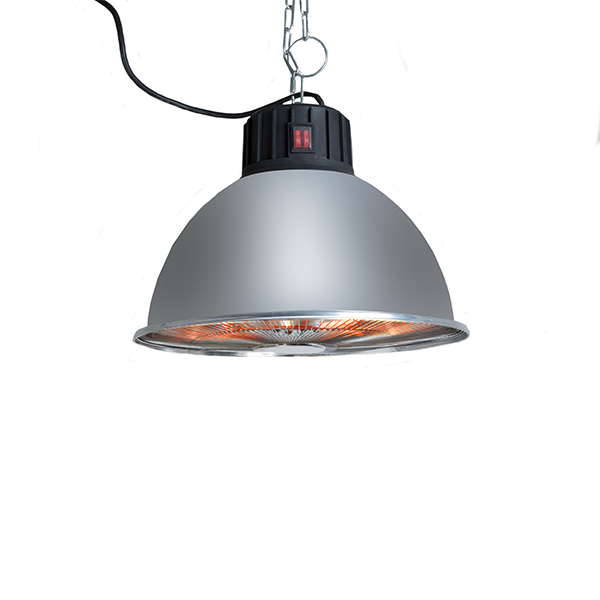Key features and types of patio heaters
2023-10-23
A patio heater is a device designed to provide outdoor heating, making it more comfortable for people to spend time on patios, decks, or other outdoor areas during cooler weather. These heaters are commonly used in residential and commercial settings, such as restaurants, bars, and outdoor event spaces. Here are some key features and types of patio heaters:
1. Fuel Types:
- Propane Patio Heaters: These heaters use propane gas as a fuel source and typically come in the form of tall, freestanding units. They are portable and can be moved around easily.
- Natural Gas Patio Heaters: Natural gas patio heaters are usually more stationary and require a natural gas line connection. They are often mounted on walls or ceilings.
- Electric Patio Heaters: Electric patio heaters are convenient and easy to use. They plug into standard electrical outlets and emit radiant heat. They come in various styles, including wall-mounted, tabletop, and hanging units.
2. Designs:
- Freestanding Heaters: These heaters are often tall and can be moved around. They are suitable for larger outdoor spaces and events.
- Tabletop Heaters: Tabletop patio heaters are compact and designed to sit on outdoor tables. They provide localized heat for smaller gatherings.
- Wall-Mounted and Ceiling-Mounted Heaters: These heaters are installed on walls or ceilings, making them a more permanent heating solution. They are commonly used in enclosed or semi-enclosed outdoor spaces.
3. Heat Source:
- Infrared Heaters: Many patio heaters use infrared technology to emit heat. Infrared heaters warm people and objects directly without heating the surrounding air, making them efficient and comfortable.
4. Safety Features: Patio heaters typically come with safety features like tip-over protection, overheat protection, and flame sensors to ensure safe operation.
5. BTU (British Thermal Unit) Rating: The BTU rating of a patio heater indicates its heating capacity. Higher BTU ratings provide more heat, making them suitable for larger areas.
6. Weather Resistance: Outdoor heaters need to be weather-resistant to withstand exposure to the elements. Look for heaters made from durable materials like stainless steel or aluminum.
7. Ignition Methods: Patio heaters may have various ignition methods, including manual ignition, electronic ignition, or push-button ignition for easy and safe starting.
8. Fuel Efficiency: Propane and natural gas heaters are typically more fuel-efficient than electric heaters, but the cost of operation may vary depending on local energy prices and availability.
Patio heaters are a popular addition to outdoor living spaces, allowing people to extend their use of patios and decks into the colder months. When choosing a patio heater, consider your specific needs, the size of your outdoor area, and the available fuel sources to select the most suitable option for your space. Additionally, always follow safety guidelines and manufacturer recommendations for safe and effective operation.



